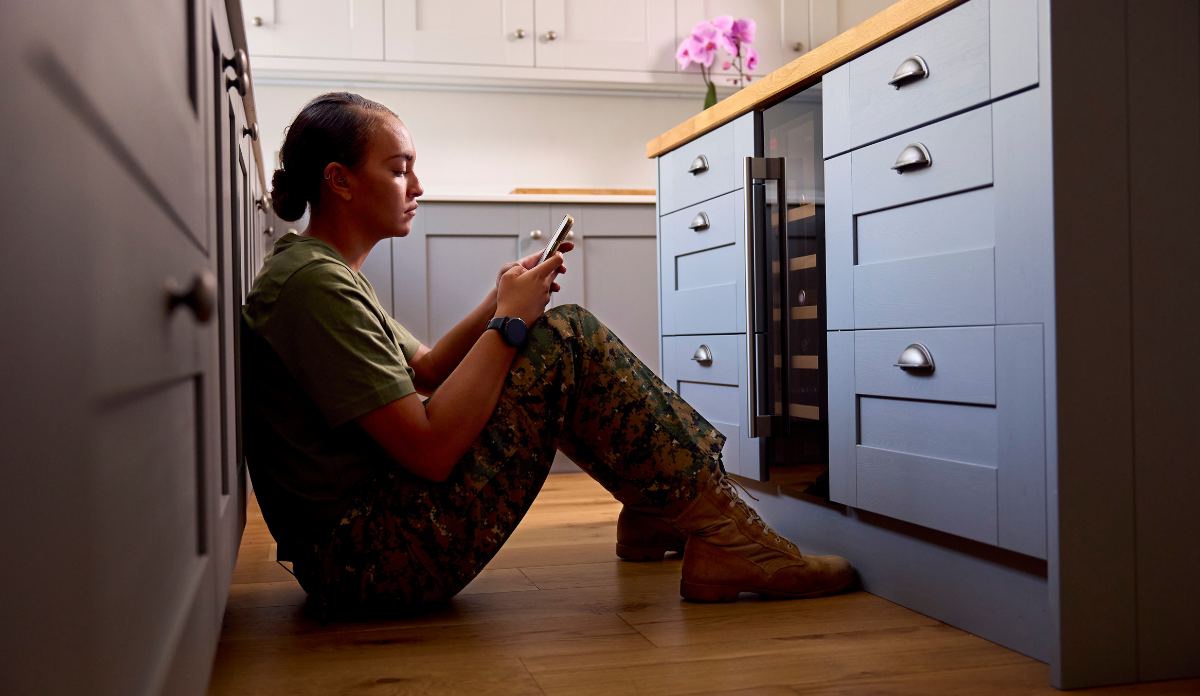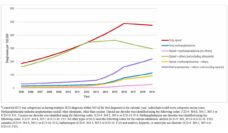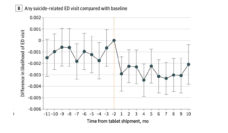Suicide is the 11th leading cause of death in the U.S., with more than 48,000 persons taking their own lives in 2021.
The suicide rate among veterans is 1.5 times greater than non-veteran populations. To address the crisis among veterans, the U.S. Department of Veterans Affairs (VA) launched its National Strategy for Preventing Veteran Suicide, outlining mental health resources available for veterans.
The Veterans Crisis Line provides support to veterans and their loved ones, who can dial 988 and press 1 to reach a responder at the VA. In the year since this three-digit dialing code became the new National Suicide Prevention Lifeline number, roughly 1 million out of 5 million contacts the line received were from the Veterans Crisis Line.
Crisis lines serve two functions. First, they offer short-term emotional support to individuals experiencing a crisis, connecting them with counselors who are trained to listen without judgement and provide collaborative problem solving. Crisis lines have successfully improved immediate and short-term outcomes, such as reducing callers’ feelings of distress and suicidal urgency during and immediately after the call.
Second, crisis lines refer individuals to mental health sources for long-term support. But it has been difficult to determine whether callers follow up on referrals, leaving it unclear how effective crisis lines are with assisting callers in the weeks and months following a call.
To understand how the Veterans Crisis Line impacts callers’ subsequent health-seeking behavior, Peter Britton and colleagues examined call records from 2019 and were able to link 599 of the callers who provided their names to their VA medical records.
The researchers used data from the records to quantify callers’ treatment contact and utilization. ‘Treatment contact’ was whether callers connected with clinical providers (outpatient visits, inpatient visits, virtual appointments, or telephone encounters). ‘Treatment utilization’ represented the number of days receiving care.
The research team found that 40% of callers were in crisis or at acute self-harm risk; others called for education or information.
The authors compared treatment contact before and after callers reached out to the crisis line. More than 80% of callers made at least one treatment contact in the month after their call. Also, roughly 60% made at least one treatment contact in the month preceding their call, indicating the persistence of distress among this group of callers.
Regarding behavioral health care, nearly 80% of callers had at least one contact with behavioral health services in the month following their call, compared to 43% in the month before.
Health care utilization increased for all callers. Similarly, utilization of behavioral care increased for all callers, but crisis and acute callers saw the largest changes. That is, callers with the most need received more care, which suggests that the VA’s suicide prevention infrastructure effectively facilitated care among high-risk veterans.
While the general public’s 988 calls are not integrated within a health care system, the VA’s use of 988 and the Veterans Crisis Line demonstrates that easy access to a listener at the time of crisis can serve as an important, intermediate resource, linking callers to more comprehensive services that may reduce their risk of suicide.
Photo via Getty Images














